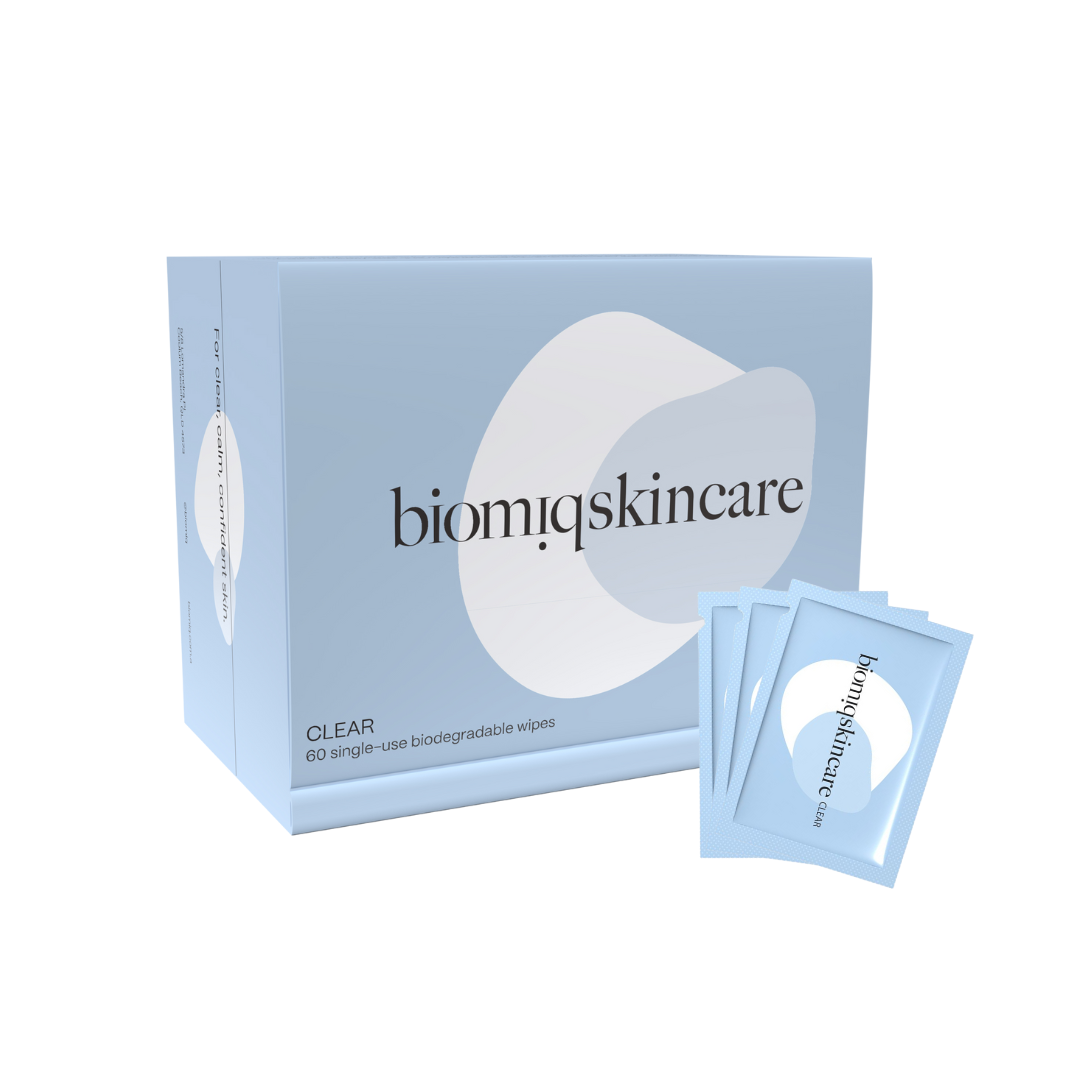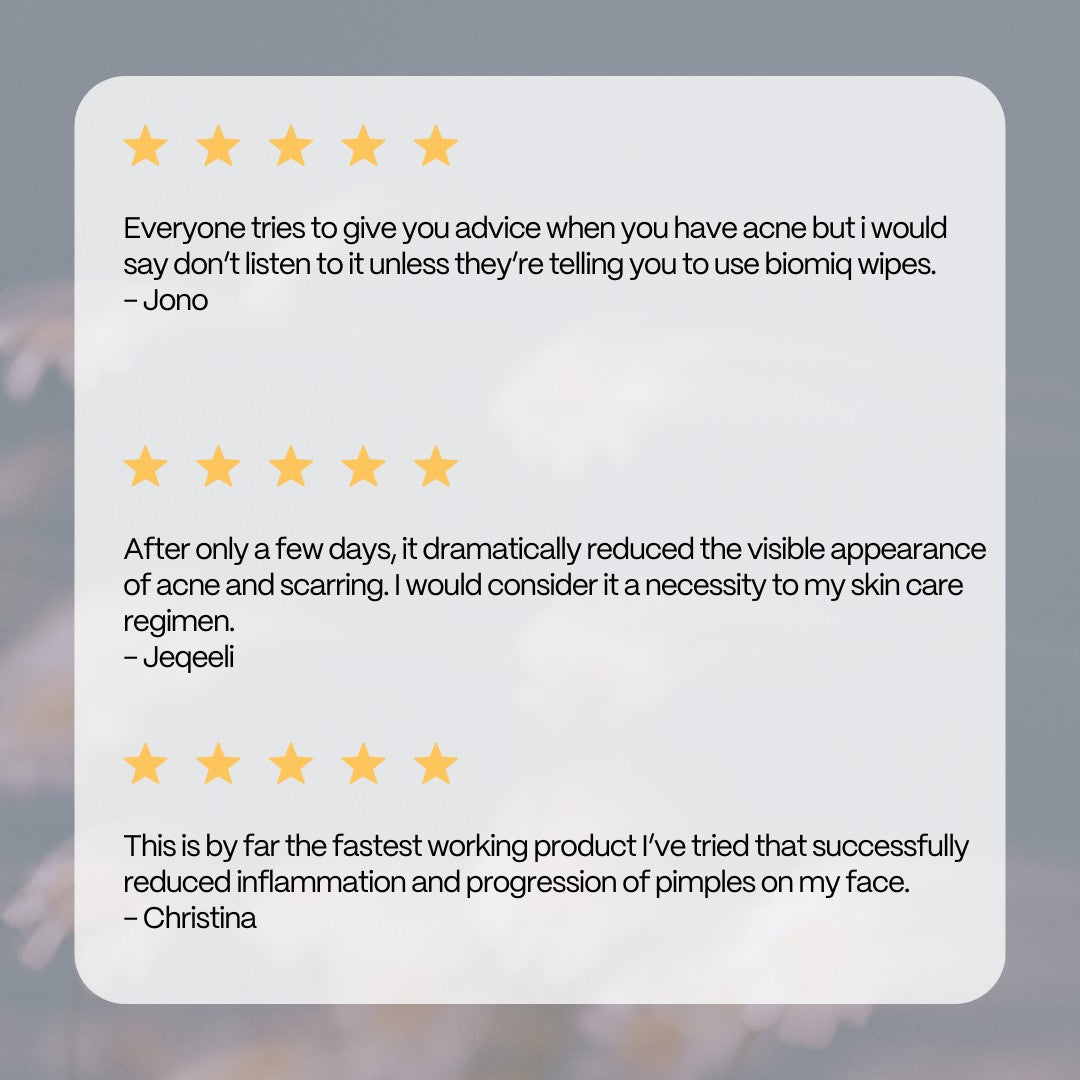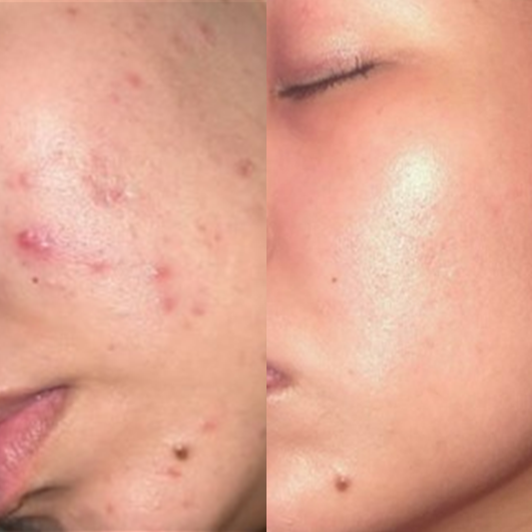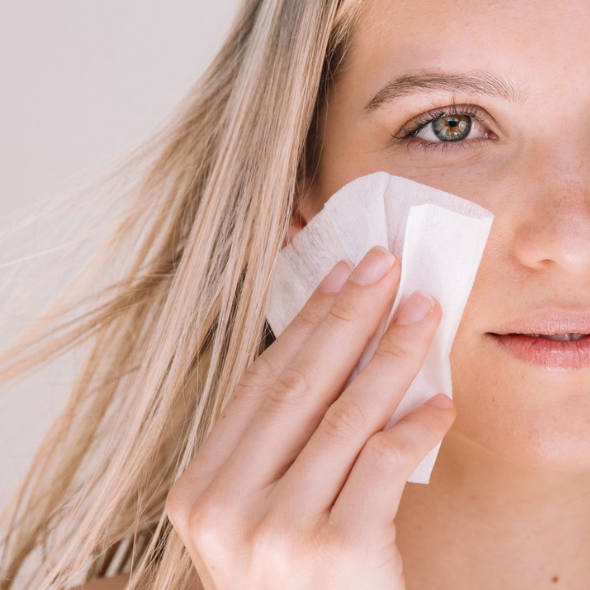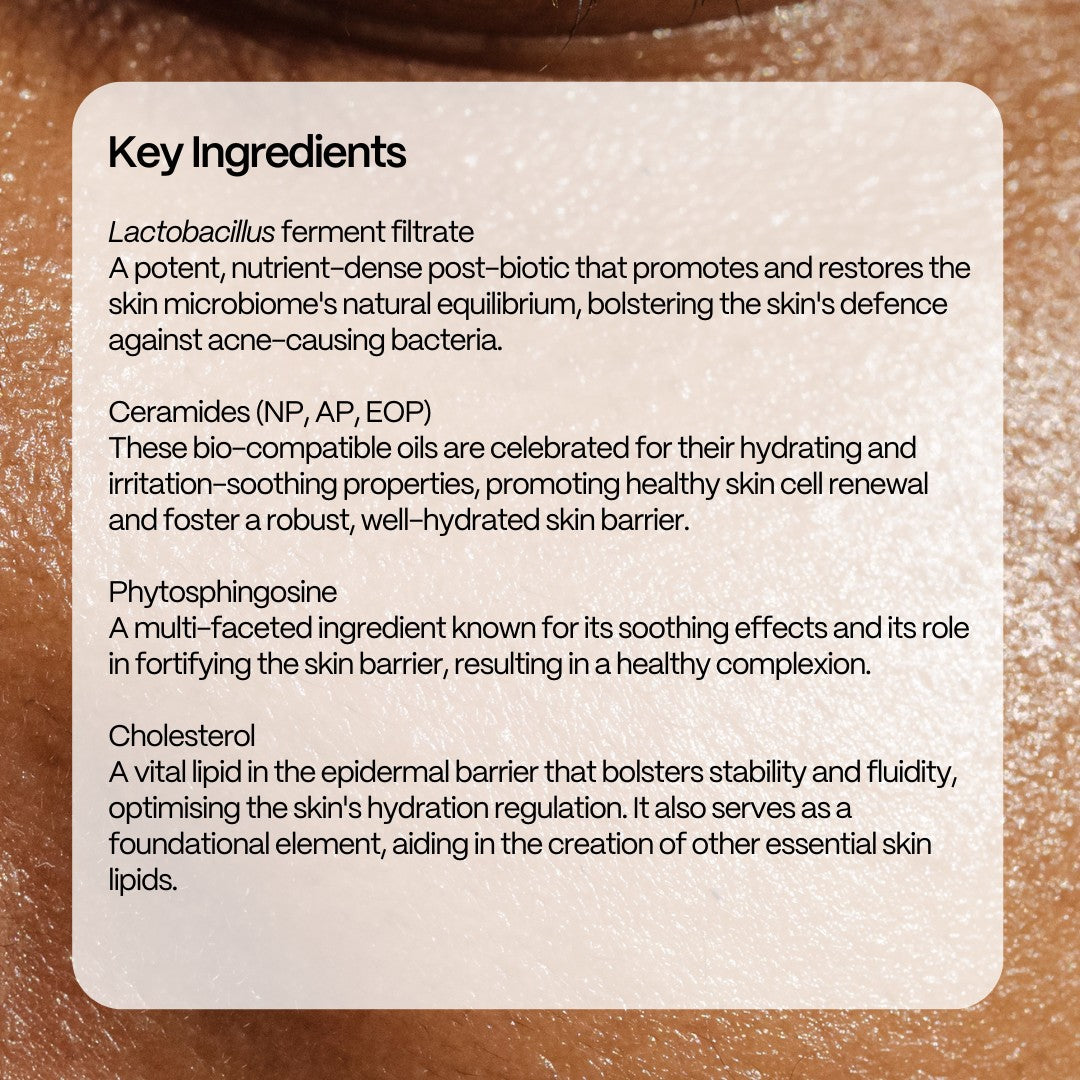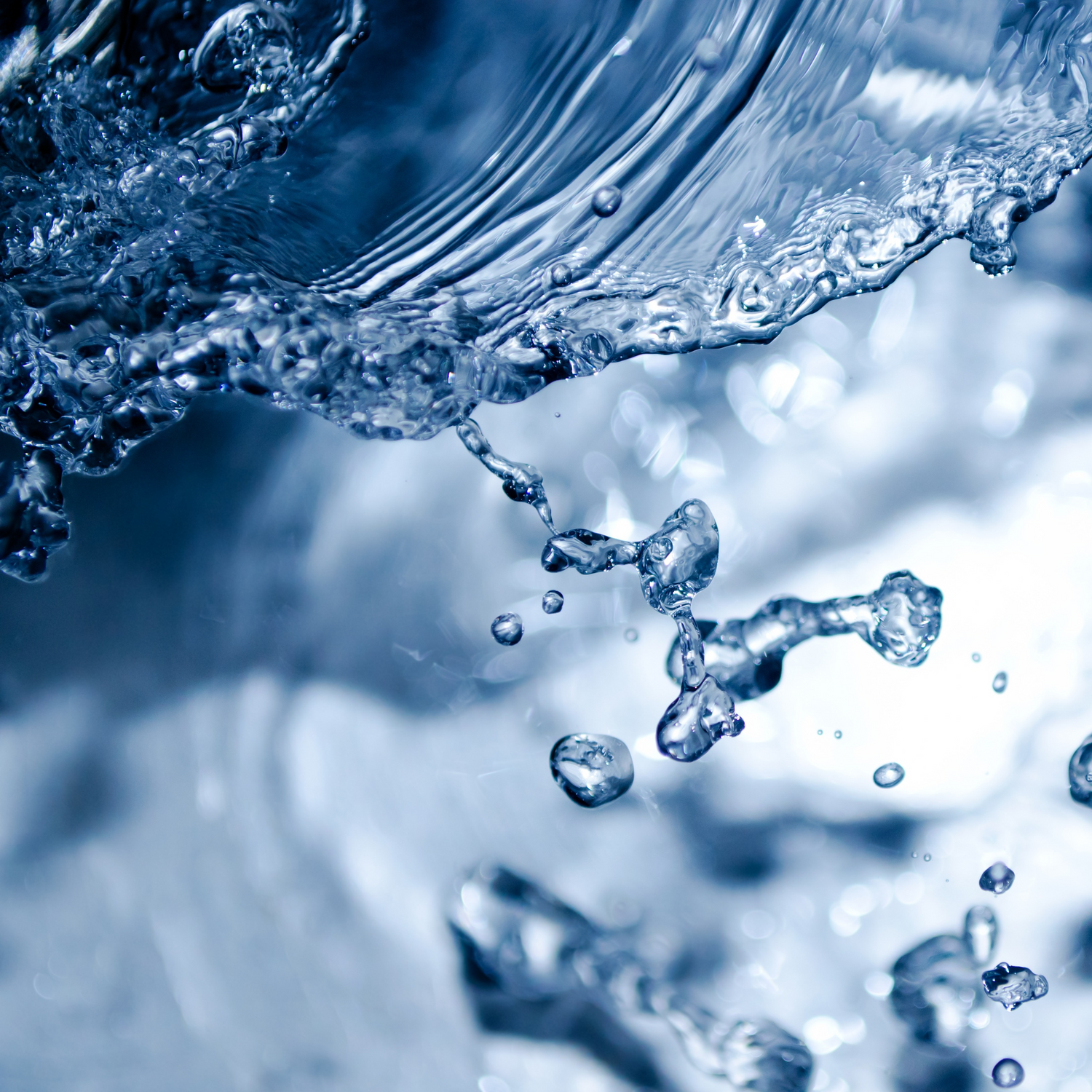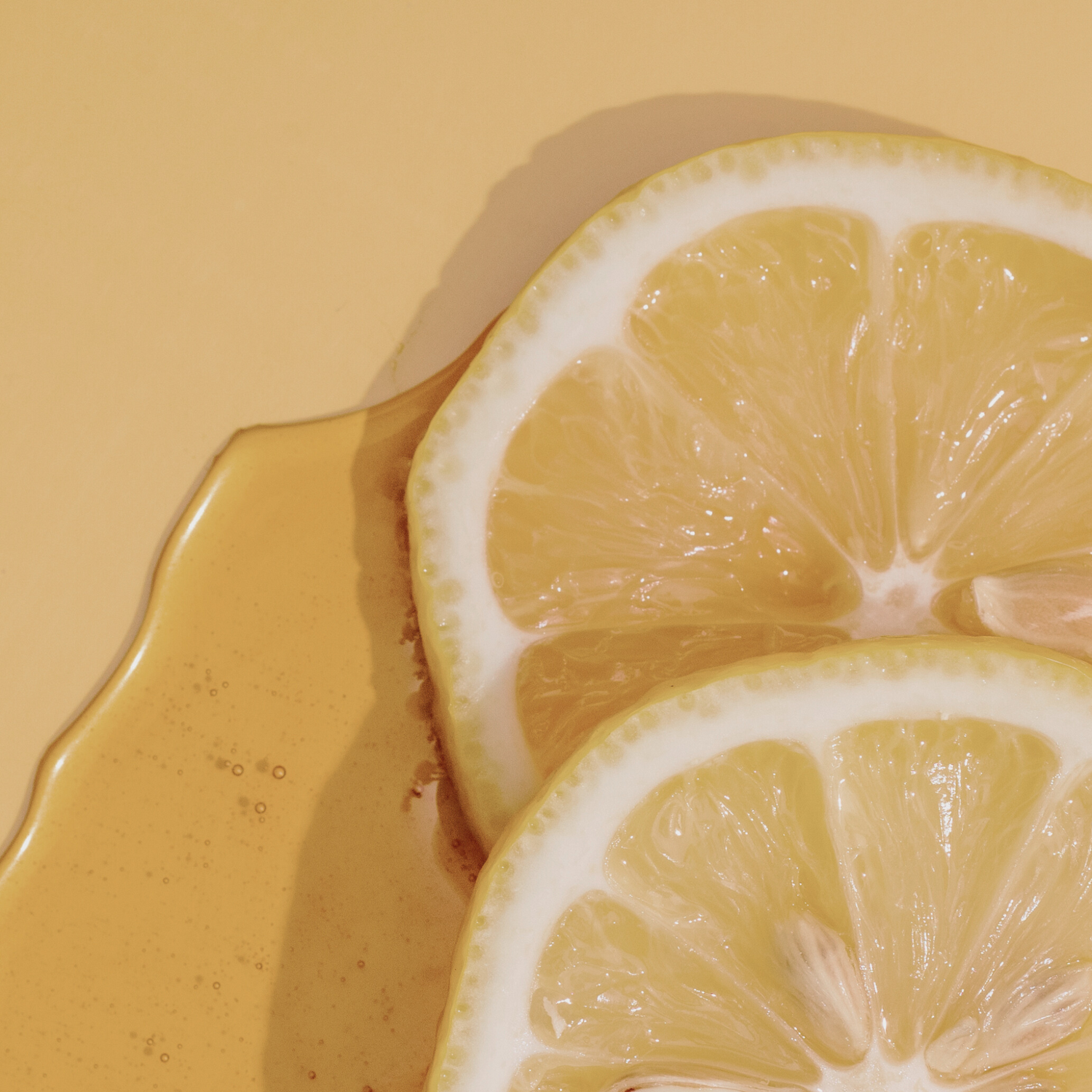What is skin purging?
A "purge" commences when there is an acceleration in the rate at which the skin's cells renew themselves, which is also known as the speed at which new, healthy cells reach the skin's surface. This increased turnover can force old, dead cells, as well as the surplus sebum and accumulated debris that accompanies them, to rise to the surface, thereby obstructing pores and resulting in breakouts. Throughout this purging process, certain individuals may encounter small clusters of specific acne types, such as pustular breakouts, whiteheads, or blackheads.
If you typically suffer from papules or cystic acne, you might also experience these types of blemishes.
When a pimple suddenly emerges, many of us tend to prioritise finding a quick solution to make it disappear, rather than delving into the reasons behind its appearance. However, it's essential to take into account the "why" because, in some cases, it might not be a typical breakout but could instead be a result of skin purging.

Cosmetics and skin purging
Certain skincare products, often containing active ingredients and exfoliants, can expedite the removal of dead skin cells, which, in turn, aids in the release of previously blocked pores. These skincare products work by enhancing the skin's natural process of cell turnover, resulting in the faster shedding of old, lifeless skin cells and the promotion of fresh, healthy ones.
How to tell if it’s purging or a breakout?
Breakouts and purging may appear similar because, fundamentally, they share the same outcome: an increase in the number of breakouts. However, the crucial distinction lies in the fact that purging is specifically triggered by the introduction of a new skincare product that accelerates the turnover of skin cells.
In this case, the accumulated debris was already present deep beneath the skin's surface and would have eventually surfaced. On the other hand, breakouts can have various causes, such as comedogenic ingredients, hormonal factors, insufficient exfoliation, genetic predispositions, and more, making it a broader and diverse category of skin issues.
How long does skin purging last?
Skin purging is generally limited to the initial weeks of introducing a new product or treatment and is not a persistent phenomenon. It primarily impacts areas where you already experience skin issues like clogged pores or acne. Unlike an allergic reaction, skin purging manifests exclusively in regions where you typically encounter breakouts. Following this initial phase, your skin is anticipated to gradually ameliorate, culminating in a clearer and healthier complexion.
Albeit a frustrating one, your skin may be throwing temper tantrums for one skin cycle, or roughly 28 days. This is when an ingredient is attempting to speed up the skin’s natural pace of shedding and renewal. Everyone’s skin is unique, so the time frame of this cycle can differ from person to person. This pesky purging period will all be worth it once your skin has adjusted to its new routine.
It's important to note that not everyone will experience skin purging, and it largely depends on your skin type, the specific products you're using, and your individual skin response. If you are concerned about skin purging or if it persists beyond a few weeks, it's a good idea to consult with a dermatologist to ensure that it's not an adverse reaction to the product or a more severe skin issue.
During skin purging, it's essential to be gentle and refrain from picking at or over-exfoliating blemishes, as this can worsen the situation. Recognise that this phase is often a necessary step toward achieving optimal skin results.











